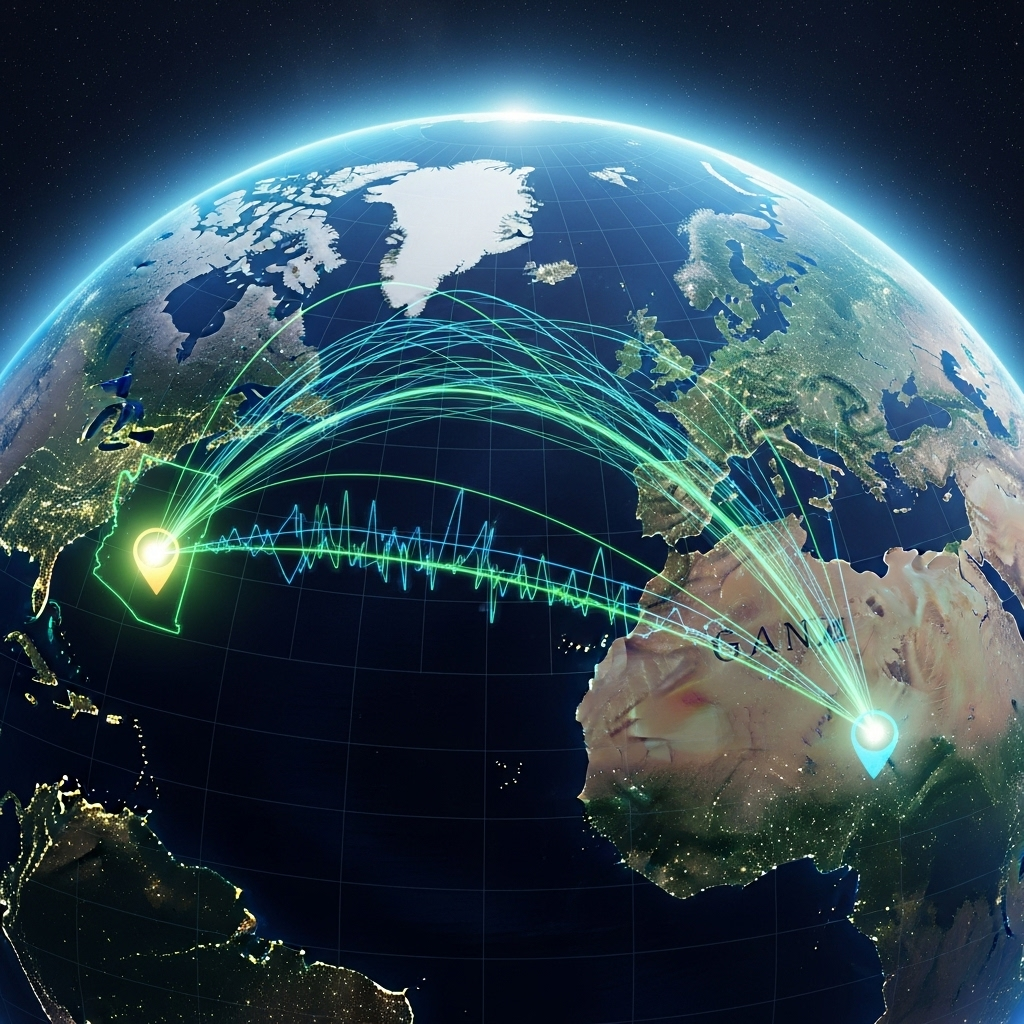The MOU sets an aggressive, make-or-break financial target for the core equipment.

1. The Industry Benchmark (The Risk)
Research into commercial plasma gasification indicates that the planned $10 million budget for the 210 TPD unit is an extreme low-end outlier, highlighting a significant financial risk that the Feasibility Study must address:
- Commercial Scale Reference: Westinghouse Plasma technology, which is commercially proven, has a facility in Utashinai, Japan, that operates at 220 TPD[1][2]. The general consensus suggests plasma gasification capital costs range from $0.13 to $0.39 million per TPD[3].
- Calculated Industry Cost: For a 210 TPD plant, this range translates to a projected capital cost of $27.3 million to $81.9 million for the core gasification systems alone.
- Direct Comparison: One estimate for a similar 300 TPD plasma arc plant in the US placed the capital cost for the plasma system (torches, vessel, quench, generators) at $27.4 million[4].
2. The PLASMA Project’s $10 Million Target (The Opportunity)
The Business Plan explicitly budgets $10 million for the 210 TPD unit and flags the need for a Feasibility Study to “reconcile with industry estimates of $27–$82 million, leveraging local cost advantages.”[5]
This suggests DeReticular is pursuing one of three highly advantageous strategies:
- Modularization & Scale: Securing a highly modular system (like those from PyroGenesis, which offers up to 100 TPD per module[6]) and negotiating a substantial discount by committing to the full 10-campus rollout, effectively purchasing 10 or more reactors at a massive volume discount.
- Excluding Balance-of-Plant (BOP): The $10 million may represent the cost of the core reactor and plasma torch system only, with the remaining costs (syngas cleanup, heat exchangers, gas engines/turbines, and civil works) included in the separate $10–$12 million Processing Facilities and Infrastructure budget.
- Local EPC and Labor Advantage: Leveraging AEU’s capacity to source all Engineering, Procurement, and Construction (EPC) and labor locally, significantly reducing the foreign contractor costs typically included in the $27M-$82M figure.
Part II: Operational and Financial Linkages to the MOU
The 210 TPD plasma plant is the central nexus of The PLASMA Project, linking all financial and operational metrics.
| MOU Section | Plasma Plant Linkage | AEU’s Critical Role |
| Operational Output | The plant is designed to process 210 TPD of hemp waste to generate 10–11 MW of electricity and heat[5]. | AEU’s Operational Oversight (Section 5.1): AEU must ensure continuous delivery of biomass from the daily 30-acre harvest cycle, guaranteeing the TPD feedstock volume to prevent costly plant downtime. |
| Financial Revenue | The plant generates $8.76 Million annually from energy sales (10 MW @ $0.10/kWh)[5]. | AEU’s Regulatory Compliance (Section 5.1): AEU must coordinate with Ugandan authorities to secure grid integration and favorable Power Purchase Agreements (PPAs) for this output. |
| Circular Economy | The plant produces Biochar (for soil) and Vitrified Slag (for construction)[5]. | AEU’s Agricultural Management (Section 5.1): AEU closes the loop by reintegrating the Biochar into the 7,000-acre farm, validating the carbon-negative model and improving yield. |
| Pilot Validation | The Mid-Term Phase requires installing a small-scale (10–20 TPD) plasma gasification unit for initial testing[5]. | AEU’s Training (Section 5.1): AEU uses this pilot unit to train 50–100 local workers on operational procedures before the full-scale unit is deployed. |
Part III: Strategic Implications for DeReticular & Scaling
The successful procurement and commissioning of the 210 TPD unit under budget is the single most important factor for DeReticular’s vision.
- De-Risking the RIOS: A stable 10–11 MW power output is absolutely essential for powering the RIOS AI Compute Cluster. Without the plant, the AI Campus cannot function, and the projected $3.7 Million+ in AI Compute Service revenue—and the 20% Community Share—is non-existent.
- Validating the Scale Model: The financial difference between a $10M reactor and a $27M reactor is $17 Million saved. This capital efficiency is the core proof-of-concept for the entire project. If DeReticular can prove the $10 Million cost, it means the scaling model for 10 campuses becomes immensely more attractive to global investors, confirming the feasibility of the $200–$300 Million cumulative economic impact target.
- AEU’s Leadership in Commissioning: Once the equipment is procured, AEU’s engineering teams must work with DeReticular and the vendor to execute the construction, leveraging local expertise to manage the EPC portion, which is critical to keeping the overall cost at the $30 million mark.
Sourceshelp

